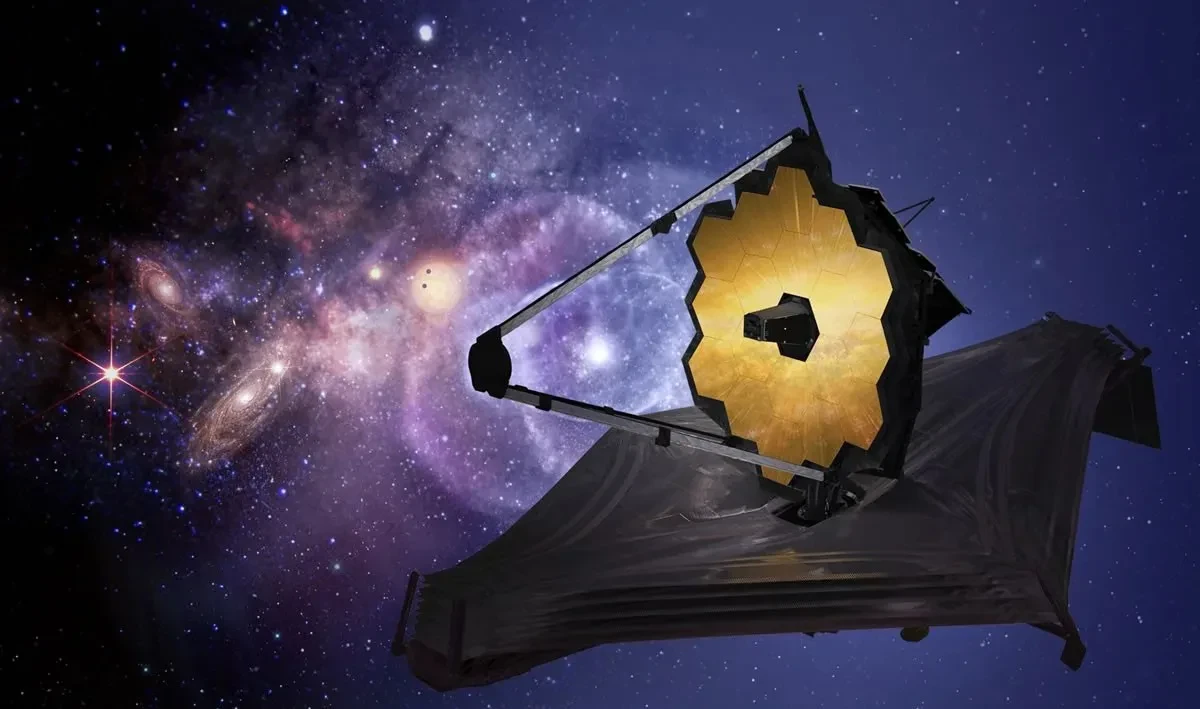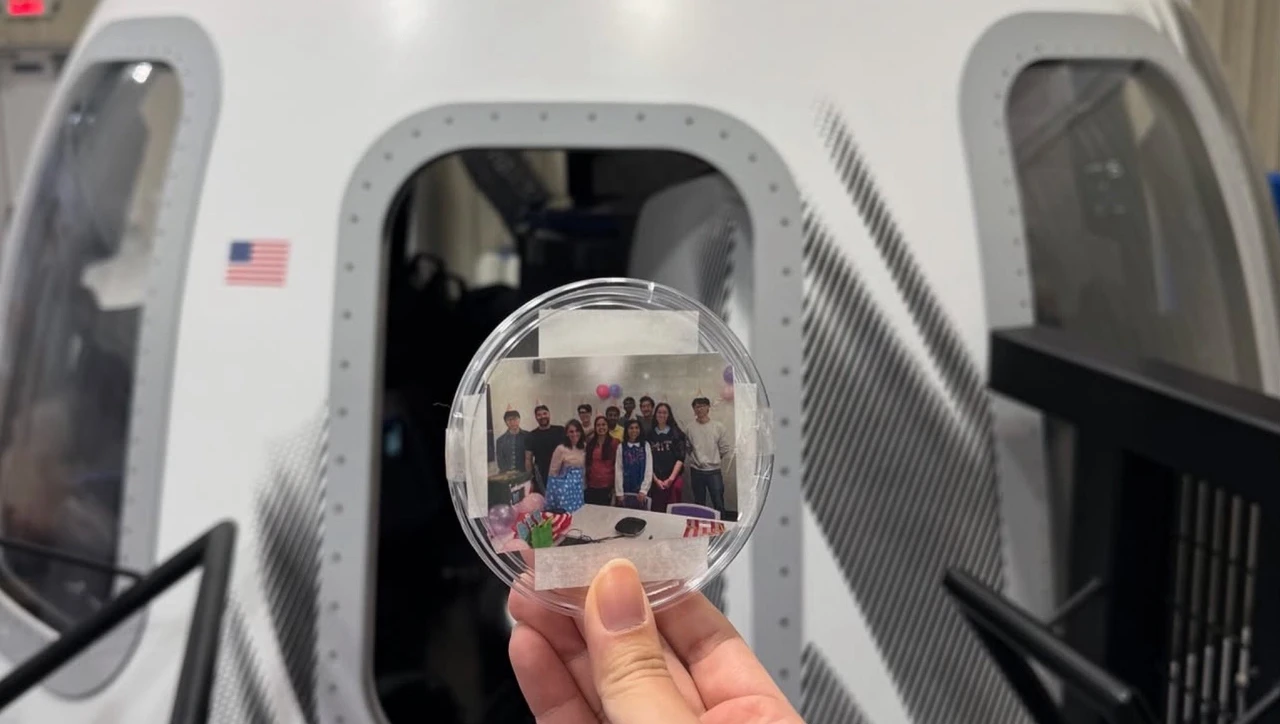Discovering obelisks: A new entity in human microbiome

Stanford scientists uncover ‘Obelisks,’ a novel class of RNA entities in human microbiomes
Scientists at Stanford University have made a groundbreaking discovery in the human digestive system: a new class of virus-like entities named “Obelisks.”
The research team led by biologist Ivan Zheludev analyzed over 5.4 million genetic datasets, as reported by Science Magazine. They identified nearly 30,000 Obelisks in about 10% of the human microbiomes studied. These entities were particularly prevalent in oral microbiomes, appearing in half of the samples.
Obelisks are unique in their structure and function. They consist of RNA sequences about 1,000 nucleotides long, with no known similarities to other biological agents. The team isolated an Obelisk in Streptococcus sanguinis, a common mouth bacterium, with a notable loop of 1,137 nucleotides.
Many scientists are delighted by Obelisks’ debut, such as Mark Peifer, a cell and developmental biologist at the University of North Carolina at Chapel Hill. “It’s insane,” he said. “The more we look, the more crazy things we see.”
A key feature of Obelisks is their ability to code for proteins, named Oblins, which take up a significant portion of their genetic material. This distinguishes them from viroids and other RNA loops.Interestingly, Obelisks lack the genes for protein shells found in RNA viruses, including COVID-19. The impact of Obelisks on their bacterial hosts and their spread between cells remains unclear.
Source: Newsroom



